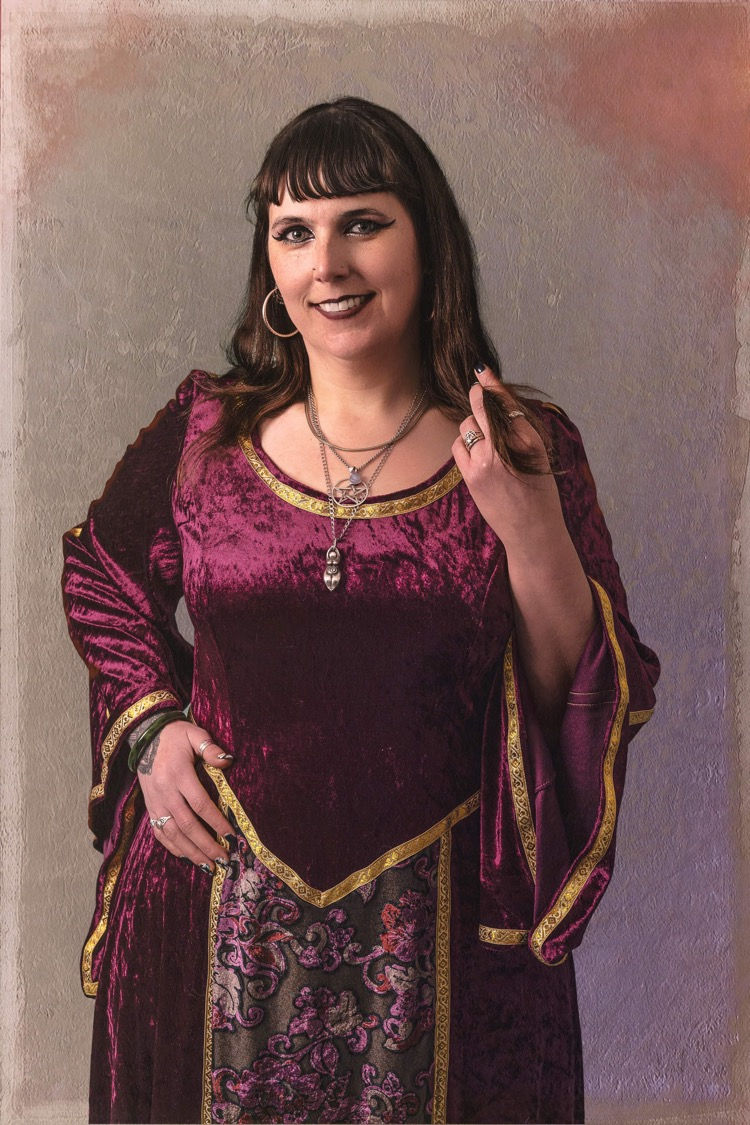The Autumn Equinox
- Gwyn Kipling

- Sep 26, 2023
- 3 min read
by Quinn Green

The Autumn Equinox is one of eight festivals or holidays on the pagan Wheel of the Year. This holiday is celebrated on or around the 21st of September. It also has a more modern name which is used by some pagans, called Mabon.
The Autumn Equinox symbolises a time of balance and reflection, as it marks the moment when light and dark are equal in measure during the day and it serves as a reminder of the changing seasons and the impending dominance of darkness as the nights grow longer.
There has been some debate about the name ‘Mabon’ among pagans. While some traditions refer to the Autumn Equinox as Mabon, it is important to understand that Mabon is the name of a Welsh character and not the festival. There is no historical proof of the Autumn Equinox being called Mabon prior to the 20th century, and this naming discrepancy originated in the late 20th century, ascribed to the influence of Aiden Kelly, a US-based author. Mabon was influenced by Maponos, an old Celtic God.
To truly understand the significance of Mabon, we must explore the mythological figure himself. Mabon ap Modron is a prominent character in Welsh Arthurian legend. His mother is Modron and was probably also inspired by an earlier Celtic Goddess.
One well-known myth involving Mabon centres around his abduction as a three-day-old child and how he was found and freed when Arthur and his men ask for help from a salmon, who leads them to his prison. He played a significant role in the tale of Kilhwch and Olwen, serving as the only huntsman capable of handling the dog Drudwyn and retrieving essential items for Kilhwch's quest.
While Mabon's presence in Welsh mythology is undeniable, it is worth noting the limited information available about him. The Stanzas of the Graves, an ancient poem, acknowledges the mysterious nature of Mabon's story, stating, "The grave in the upland of Nanllau; His story no one knows. Mabon the son of Modron the sincere." Despite the gaps in our knowledge, Mabon's name and significance have endured through the ages.
Mabon is connected to the Celtic god known as Maponos. Maponos, whose name translates to ‘Divine Youth’, is predominantly associated with Northern England and Scotland. Roman inscriptions found in these regions equate Maponos with the Greek god Apollo, highlighting his connection to light, the sun, healing, prophecy, and music.
His worship centred around the Scottish borders, with dedications found in Cumbria, Lancashire, and Northumberland.
The Karneia festival is a celebration dedicated to Apollo. This festival, which takes place just before the Autumn Equinox, holds great significance for those who honour the Greek gods.
The Karneia marks the end of the year and the beginning of the new ritual year. One notable aspect of this festival is the inclusion of races, where the leader carries bunches of grapes and is pursued by others. If the leader is caught, it is believed to ensure a good outcome for the city and its people.
Although the Karneia festival has nothing to do with Mabon specifically, it does illustrate the larger cultural and mythical context of this time of year. A fuller understanding of the significance attached to the Autumn Equinox and its connection to Mabon is provided through these traditions and festivities.
It is essential to approach this celebration with kindness and respect given the many interpretations and disputes surrounding the term Mabon. The essence of this time is the same whether you choose to observe the Autumn Equinox or use the term Mabon: it is a period of contemplation, balance, and connection with the cycles of nature.
Take a moment to remember Mabon or even his earlier predecessor Maponos as the leaves start to change and the weather turns cooler, and then come up with your own special approach to celebrate this wonderful season.




Comments